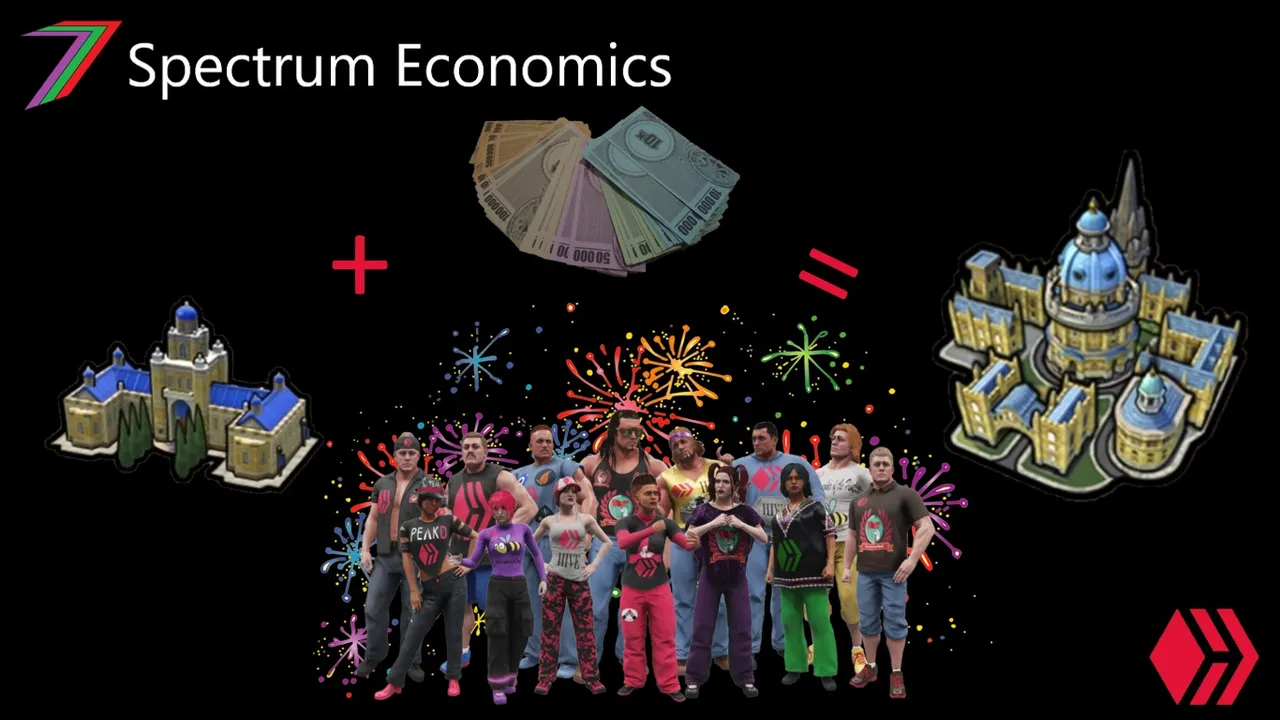Hi Everyone,
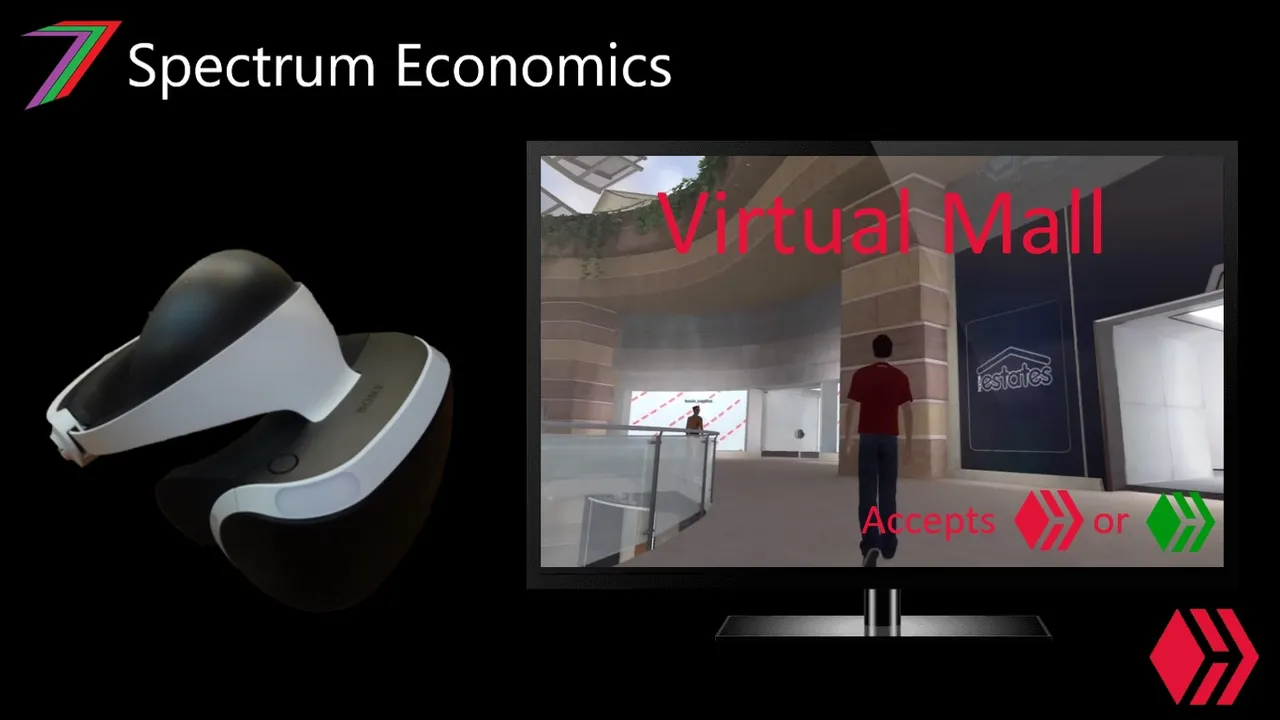
Many countries have shopping hubs. These shopping hubs consist of physical shops located within close proximity to each other. Shopping hubs might consist of one or two main roads or High Streets and/or several shopping centres or malls. Centralising the location of shops to a particular area is a logical approach. It enables people to travel to just one or two locations to obtain all their shopping needs. There are also advantages to shop owners as they can benefit from better infrastructure such as car parks, public transport, better roads, and walkthrough traffic from other shops. However, the prospects of businesses relying on customers direct visits to shopping hubs is looking bleak. Covid-19 restrictions has forced businesses to either close or restrict the number of customers entering their businesses. Small businesses have suffered the most, as many of them have not been able or have struggled to operate online. Very large businesses such as Amazon have thrived because of online operations.
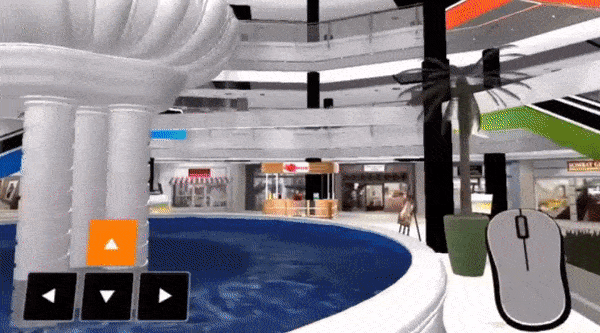
Source: Virtualeshopping.com
In this post, I discuss the possibility of virtual shopping hubs. We could bring our shopping experience online with virtual shopping centres and High Streets. I also discuss how blockchain technology could enable and facilitate the growth of virtual shopping hubs.
The idea of virtual shopping is not new. Virtual shopping websites and applications such as The Virtual Mall, Obsess and Hero currently exist. They create a shopping experience, which more closely resembles in store shopping than a typical online shopping experience.
Virtual Mall
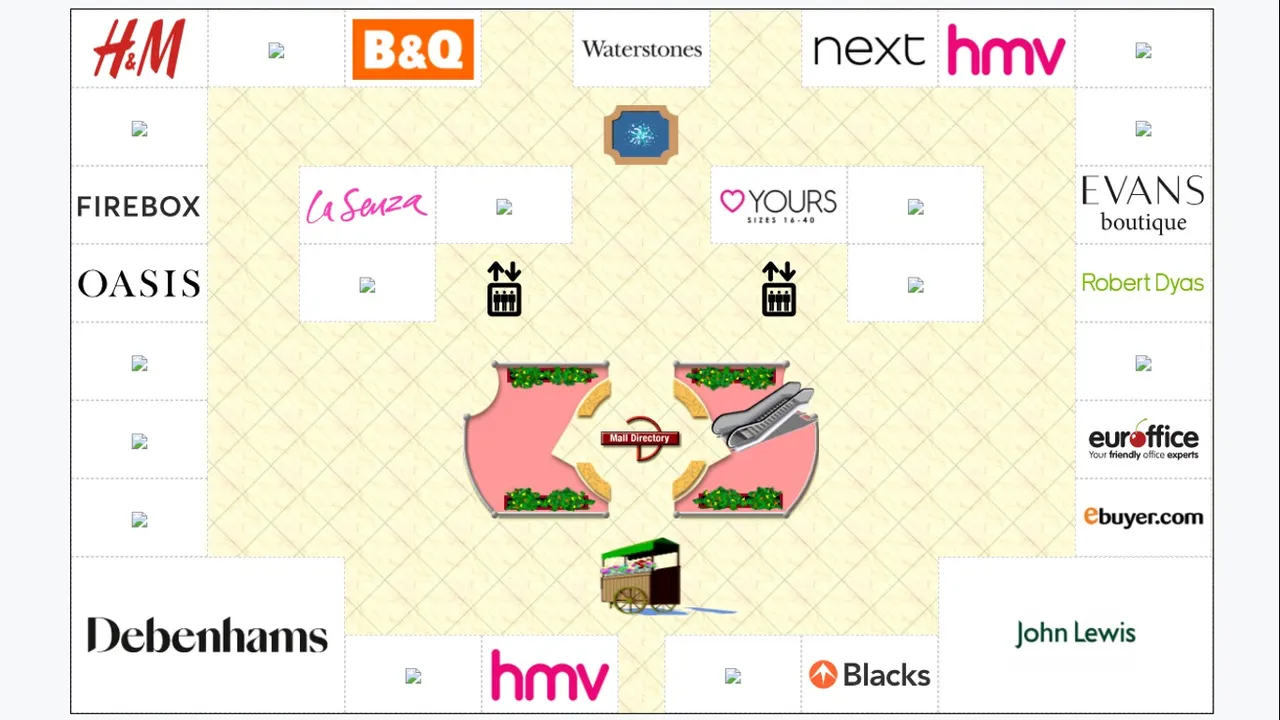
The Virtual Mall offers an online virtual layout of a shopping mall. It enables people to click on shops for more information and offers links to the shops’ websites directly.
Obsess
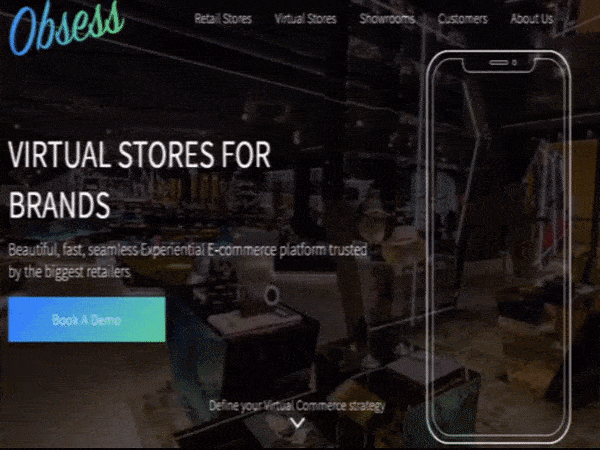
Obsess enables a more visual interactive experience. Their application enables customers to take a virtual tour of shops. Potential customers are able to move through virtual shop displays. They are able to click on items to view them closer or to obtain more information.
Hero

Hero enables a more personal interactive experience. Potential customers are able to interact directly with online sales teams through direct messages or videos.
Types of virtual shopping hubs
Unlike physical shopping hubs, virtual shopping hubs are not necessarily constrained by geographical location. A virtual shopping hub could consist of shops from anywhere in the world. The virtual shopping hub could also be flexibly proximity based to the delivery address and the physical location to the shop or storage facility. Below are a few examples of possible types of virtual shopping hubs.
- Global Virtual Shopping Hubs
- National or Regional Virtual Shopping Hubs
- Proximity based Virtual Shopping Hubs
- Speciality based Virtual Shopping Hubs
- Combined Virtual and Physical Virtual Shopping Hubs
- Any combination of the above
Global Virtual Shopping Hubs
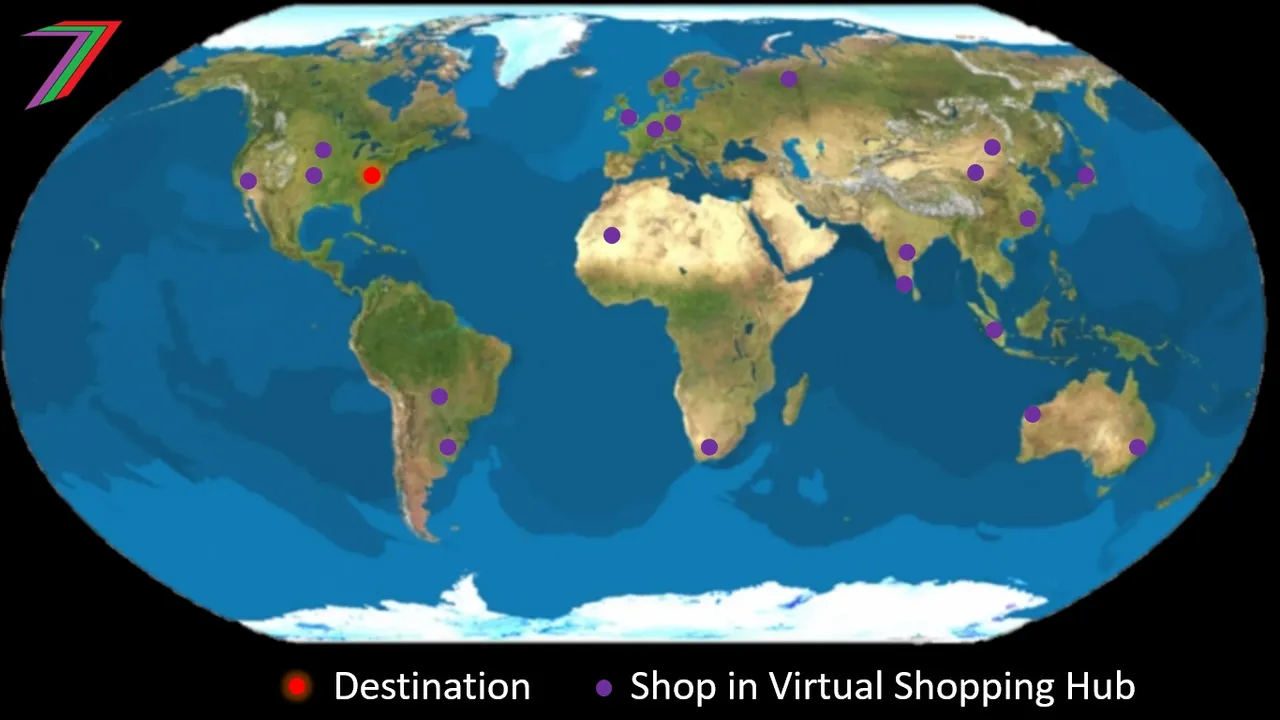
A global virtual shopping hub would enable businesses physically located anywhere in the world to be located in one virtual shopping hub. For example, in the layout of a virtual mall, a shop from Canada could be located next to a shop from Brazil. All the shops in these types of virtual shopping hubs would need to be able to offer their products to people located all over the world. This would be possible for online services and products that could be shipped at a very low cost or could have bulk discounts.
National or Regional Virtual Shopping Hubs

A national or regional virtual shopping hub could be more likely for many products. It would enable a broader range of shops and products than a physical shopping hub but far smaller costs for transporting larger physical products than a global virtual shopping hub. A national or regional virtual shopping hub would also bypass any international trading restrictions between countries.
Proximity based Virtual Shopping Hubs
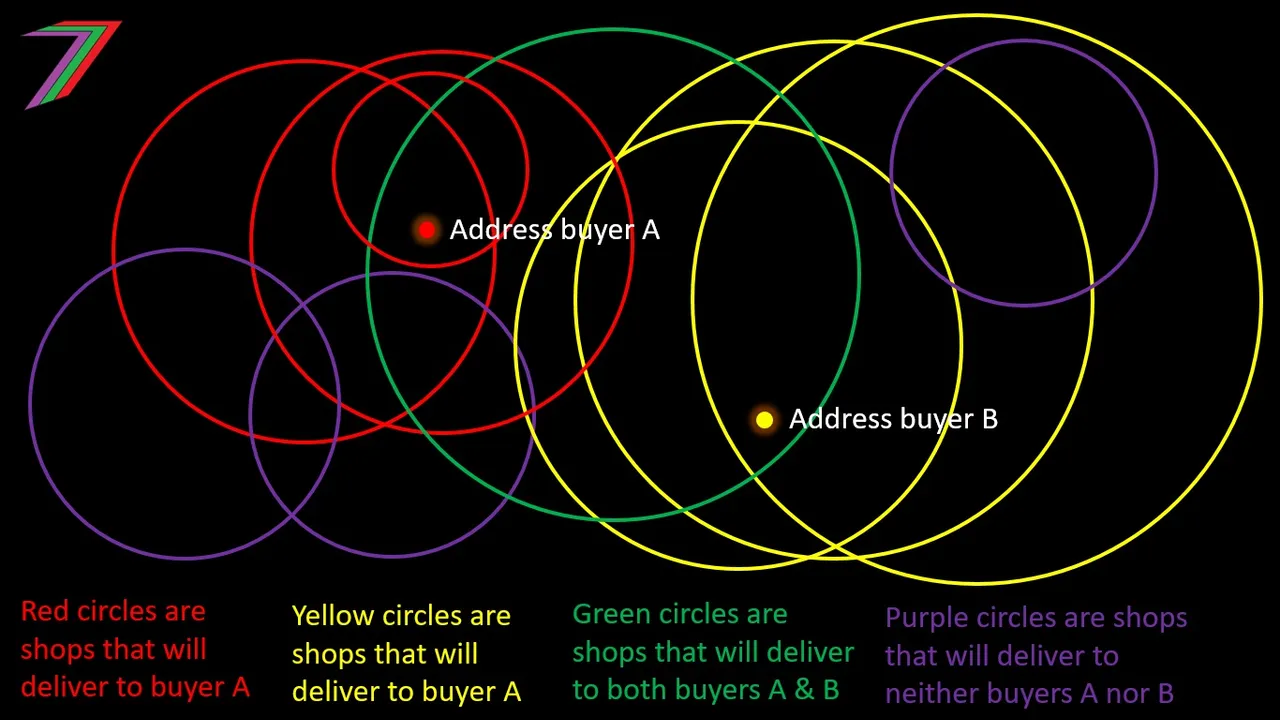
Proximity based virtual shopping hubs are customised virtual shopping hubs based around the location of the delivery address and delivery range of the shops. For example, a virtual shopping hub may consist of 5,000 shops but only 500 of these shops are able or willing to delivery to a particular location. The virtual shopping hub would customise their virtual world to include only shops that will deliver to your desired location.
Speciality based Virtual Shopping Hubs
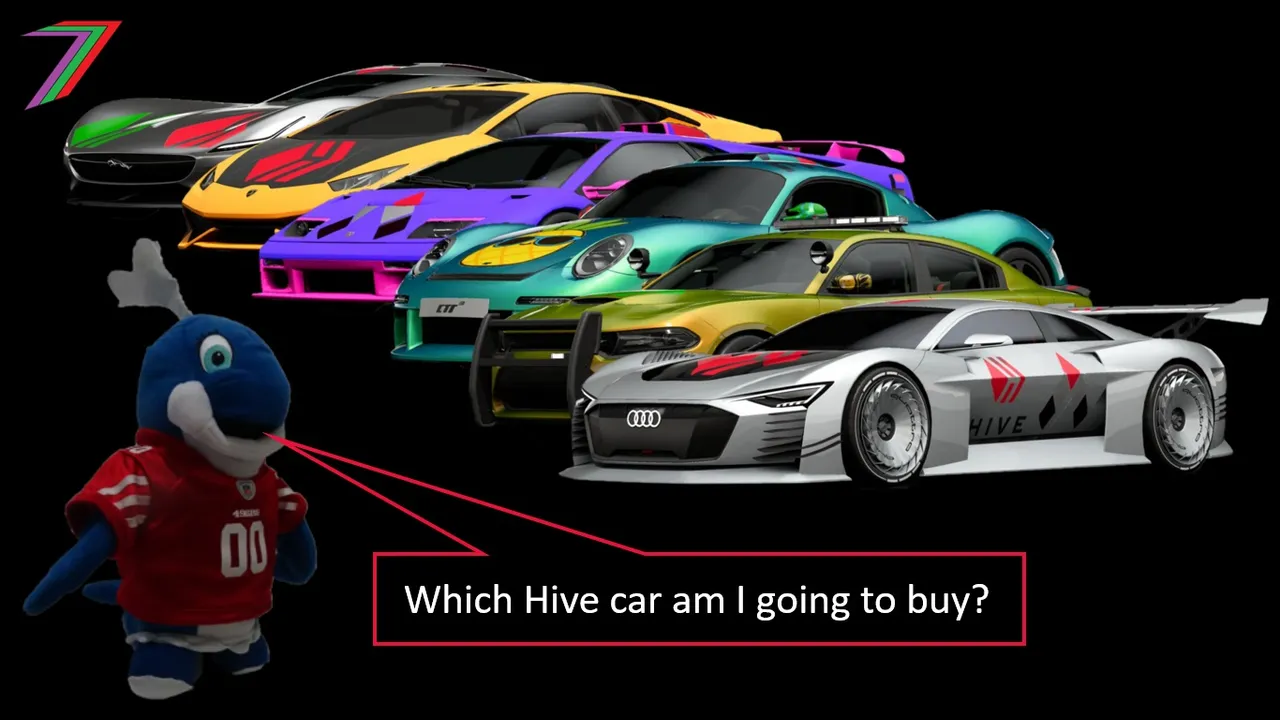
Speciality based virtual shopping hubs would be focused on just a few particular products. For example, a virtual shopping hub could specialise in just furniture. The virtual shopping hub would consist of just furniture shops or just furniture items from shops. You would be able to explore the furniture shops and make comparisons between furniture from different shops based on the information provided by the shops.
Combined Virtual and Physical Shopping Hubs

Virtual and physical shopping hubs can be combined. Many products are best enjoyed when there is social interaction. This is especially true for hospitality services provided by entertainment venues, pubs and restaurants. Physical locations could exist but some aspects can become virtual. For example, interactive venues and menus can be made available for restaurants. People would be able to view the various dishes as well as the physical location of the restaurant and even the layout of the restaurant itself. People could use this information to book tables or order before they arrive. Restaurants could even have virtual buffets where people can choose from the actual buffet before they arrive. It might even be possible to use virtual reality headsets or holograms to provide an even better experience. The virtual restaurant could also include takeaway or delivery options for customers.
Combination of different types of Virtual Shopping Hubs
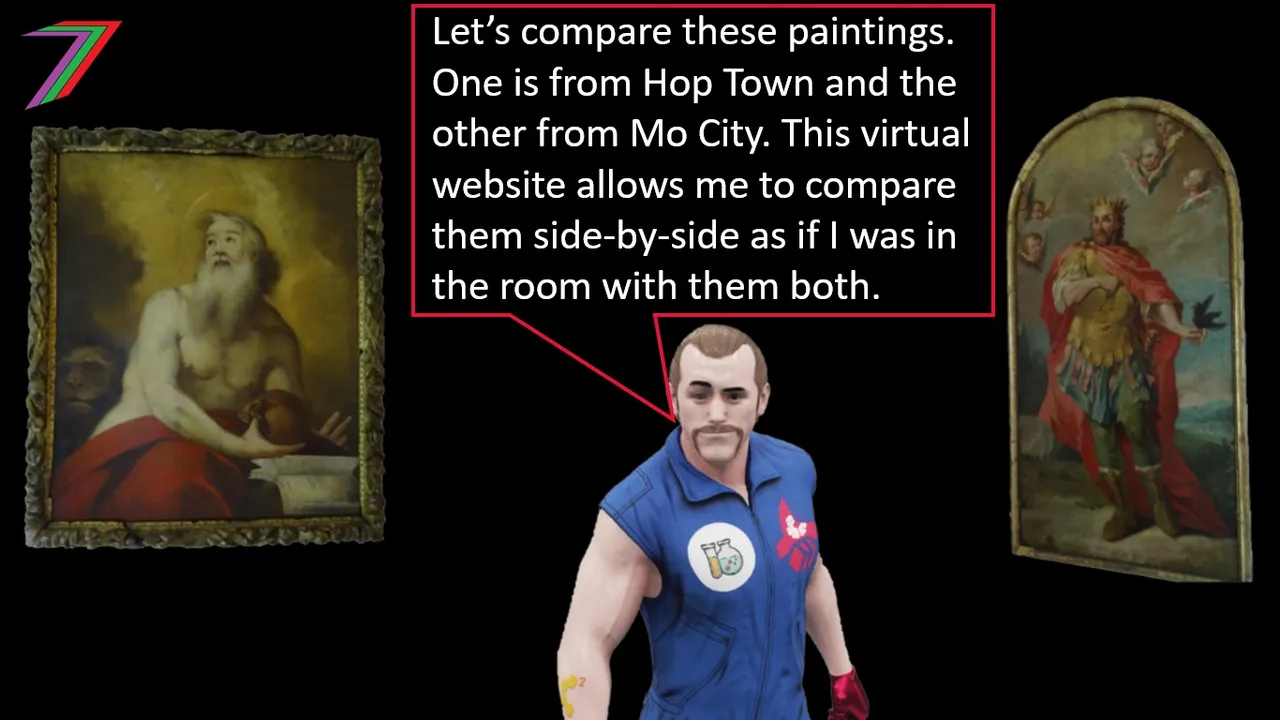
The virtual shopping hub is likely to be a combination of any of the above. For example, the virtual shopping hub could be proximity based specialising in delivery food and drink services. Someone would be able to order food and drinks if they are within the maximum distance of delivery. Another example could be a national virtual shopping hub specialising in antiques. People would be able to search for particular antiques from various shops across the country. The combinations are potentially endless.
How the Blockchain could help?
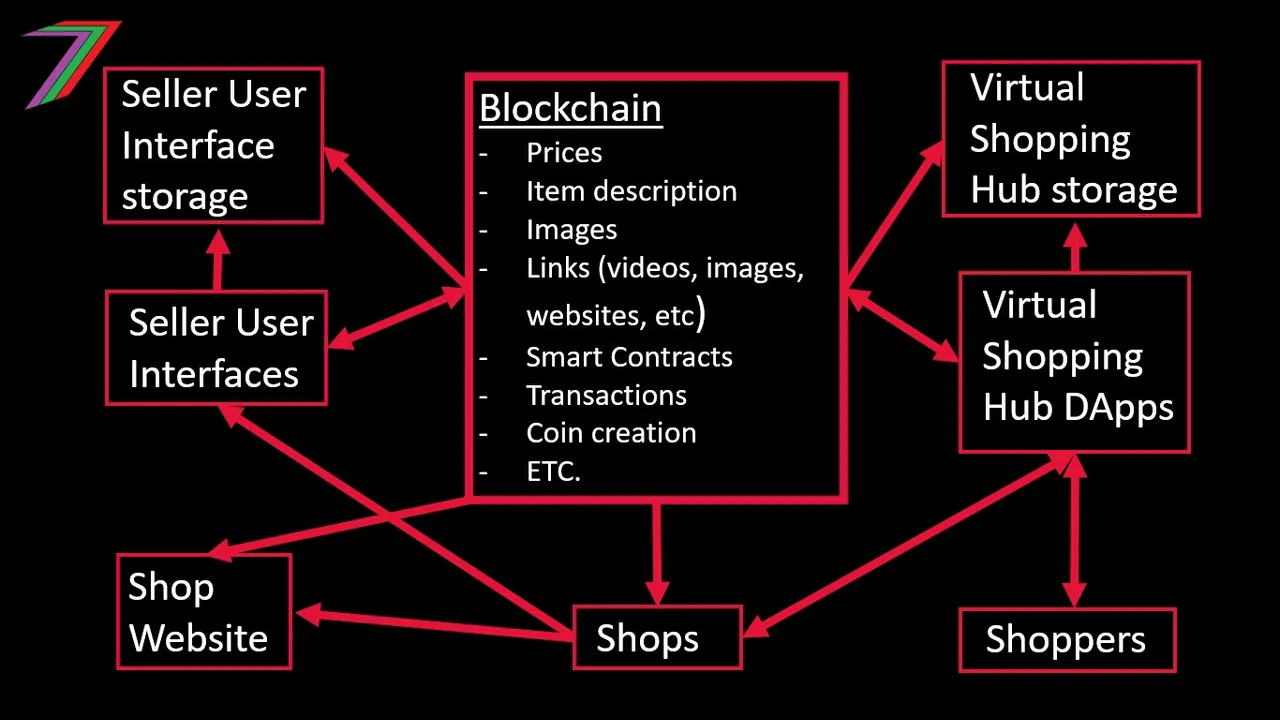
Blockchains are designed for commerce/ecommerce.
Virtual shopping hubs could be built on blockchains. Blockchains can store information about shops and products. Seller user interface DApps (decentralised application) could be developed to help shops load information about their products onto the blockchain. This would include product descriptions and prices; these would be stored directly on the blockchain. This may include photographs but they could also be stored on the DApp along with videos. Any information stored on DApps could be stored as links on the blockchain.
Virtual shopping hub interfaces can be designed to display the shops and the products in the shops. The virtual shopping hub interfaces could create visually appealing malls or High Streets to place shops that are on the blockchain. The interfaces could work in a similar manner to the virtual shopping hubs that currently exist.
The products sold in the virtual shopping hubs could be priced in the blockchains native cryptocurrency and/or stable coin. Cryptocurrency prices tend to fluctuate but product prices should remain stable. If the price of the cryptocurrency increases, the price of the product displayed in the cryptocurrency would fall and the price in the stable coin would remain the same. The buyer could be given a choice if they want to pay using the native coin or the stable coin. Cryptocurrencies would enable more shops to join virtual shopping hubs as pricing would not be hindered by multiple currencies or the requirement for exchange rate conversions.
The virtual hub interfaces would need to have agreements with shops to sell their products. This can be done through smart contracts. The contract would state the arrangements between the virtual shopping hub, the shop, and the customer. The smart contract would automate these arrangements when required. This could include any fees in either direction. Any commission on sales in either direction. Which products from the shop to be included in the virtual shopping hub (e.g. it is possible that some of the shops products do not meet the hubs criteria). .
Possible sources of revenue to support the hub
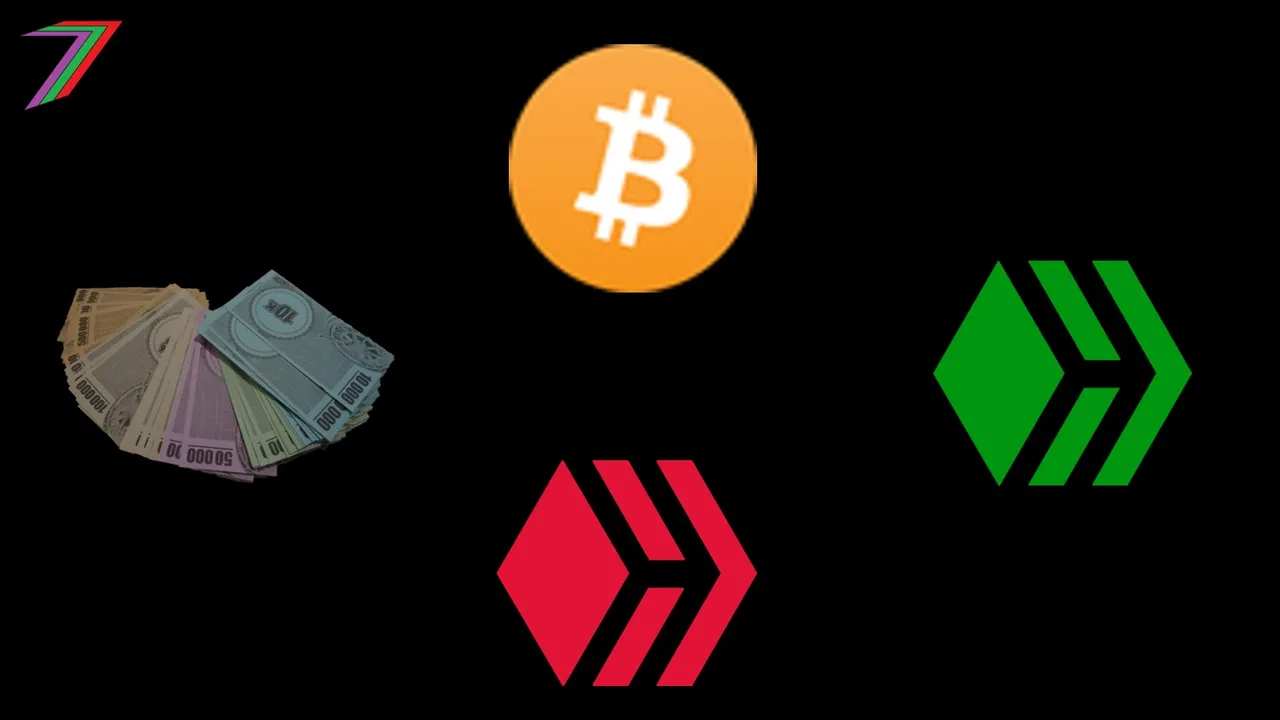
There are several potential revenue streams for shops, virtual shopping hubs, and seller user interfaces. Advertisement revenue, sales revenue, membership fees, sales commission, and newly created coins are all possible revenue streams.
Seller User Interfaces
Seller user interfaces would be critical, as these interfaces would be the first contact point a shop would have with the blockchain. These seller user interfaces could charge a fee directly to the shops. They could also be allocated newly created coins (e.g. fixed number or percentage of coins created per block) based on community votes (e.g. stake weighted voting based) or based on the number of shops, they are able to attract to the blockchain. A small percentage of revenue from sales is also a possible revenue stream for these user interfaces. There could be several seller user interfaces competing with each other. A fee-based system would attract more interfaces than a system that allocates a predetermined percentage of newly created coins, as interfaces would be competing over a fixed revenue pool. It is also possible that seller user interfaces could double as virtual shopping hubs; this would enable even more possible revenue streams.
Virtual Shopping Hub DApps
The virtual shopping hubs would be the user interface for buyers. There are many ways a virtual shopping hub can be designed. This would depend entirely on the team running the hub. The number of virtual shopping hubs would be unlimited. Anyone could build a virtual shopping hub, which could be used to contain shops that use the blockchain. However, the virtual shopping hubs would need a revenue stream.
Advertising could be a source of revenue. Shops that can be accessed through the virtual shopping hub would want greater visibility to increase sales. Advertising does not need to be limited to just shops located in the hub. Other businesses may want exposure to the people shopping in the hub.
The virtual shopping hubs could charge customers a membership fee to use the virtual shopping hub. This could be onetime or reoccurring fees. The membership could be a simple access fee or could include other benefits such as discounts for particular shops or products.
The virtual shopping hubs could charge shops a fee for placement in the virtual shopping hub or even a percentage of sales. It is even possible that virtual shopping hubs would pay shops to join their hubs, if they believe the presence of the shop could greatly boost alternative revenue such as advertising revenue or membership fees.
The virtual shopping hub DApps could receive additional funding from newly created coins, if the blockchain stakeholders believe particular virtual shopping hub DApps are adding considerable value to the blockchain. This additional funding could enable the virtual shopping hubs to expand quicker to the point they no longer need funding from new coins.
Virtual Shops
For a blockchain based virtual shopping hub to exist it will need shops. To attract shops, there needs to be a viable revenue flow for the shops. The most obvious source of revenue is revenue from the sale of products. For shops to sell their products, they need customers. Therefore, sales are likely to be higher if shops are in virtual shopping hubs that have a high number of visitors. Before a virtual shopping hub becomes established, the number of visitors are likely to be low.
To attract shops to the hub initially, the blockchain will need to offer the early adopters something. This could include financial incentives such as free sign up to hubs, free advertising in the hub, inclusion in the advertising for the blockchain, and/or airdrop of coins/tokens to shops that join within a certain period. The signing up experience should be easy for the shops. The DApps should automate many of the processes to save time and reduce the learning curve.
The blockchain will need to offer something to early adopter shoppers as well. This could include discount vouchers or airdrops of coins/tokens to shoppers that spend a certain amount within the first few months of operation.
Conclusion

Source: Playstation Home
I believe there is a good chance that virtual shopping hubs will emerge as popular ways of shopping. Covid-19 restrictions has greatly speed up this process, as shopping at physical locations has become increasingly difficult. Virtual shopping hubs could be an ideal way for small businesses to compete with larger businesses that have already become established online. Being part of a virtual shopping hub should reduce costs and expertise required for shops, as the teams running the virtual shopping hubs would likely the bear the costs and handle the technical aspects. A virtual shopping hub would attract more customers than a shop’s website, as the hub will offer a much larger range of products than what one small shop could offer. The virtual shopping hub would also gain attention faster as the idea is still new to many people.
The blockchain could offer many advantages to virtual shopping hubs and virtual shopping in general. Below are a few possible advantages.
- It could provide a common currency for shops from anywhere in the world.
- It could provide smart contracts between virtual shopping hubs, shops and buyers, which would secure payments, and conditions of sales.
- It could provide a simple system of rapid payment between buyers and shops.
- It would rule out the need for additional financial services.
- An open source and decentralised blockchain would enable the number of virtual shopping hubs to grow very quickly, as they would be able to draw on the same information stored on a blockchain or even from several blockchains.
- It could enable small businesses to compete with larger businesses, as they could be part of multiple hubs both large and small, which could greatly increase the reach of products.
- It could provide shoppers with multiple ways to view and compare products from a vast number of shops.
- It could provide virtual shopping hub DApps, seller user interface DApps, and shops various methods of earning income. This could include advertising revenue, sales revenue, membership fees, sales commission, airdropped tokens, and newly created coins (i.e. referred to as inflation in the crypto world).
I believe there is great potential for blockchain based virtual shopping hubs. The content of this post is mostly a collection of ideas of how such a virtual shopping hub could operate and benefit both sellers and buyers. The creation of such a blockchain would still be a significant undertaking. There are also the potential complications from international trade treaties and laws. However, blockchain based virtual shopping hubs could potentially change the way we shop and how shops interact with customers. It could also greatly improve competition amongst businesses and negate many of the advantages that large businesses such as Amazon have in markets.
More posts

If you want to read any of my other posts, you can click on the links below. These links will lead you to posts containing my collection of works. These 'Collection of Works' posts have been updated to contain links to the Hive versions of my posts.
My New CBA Udemy Course
The course contains over 10 hours of video, over 60 downloadable resources, over 40 multiple-choice questions, 2 sample case studies, 1 practice CBA, life time access and a certificate on completion. The course is priced at the Tier 1 price of £20. I believe it is frequently available at half-price.
Future of Social Media






